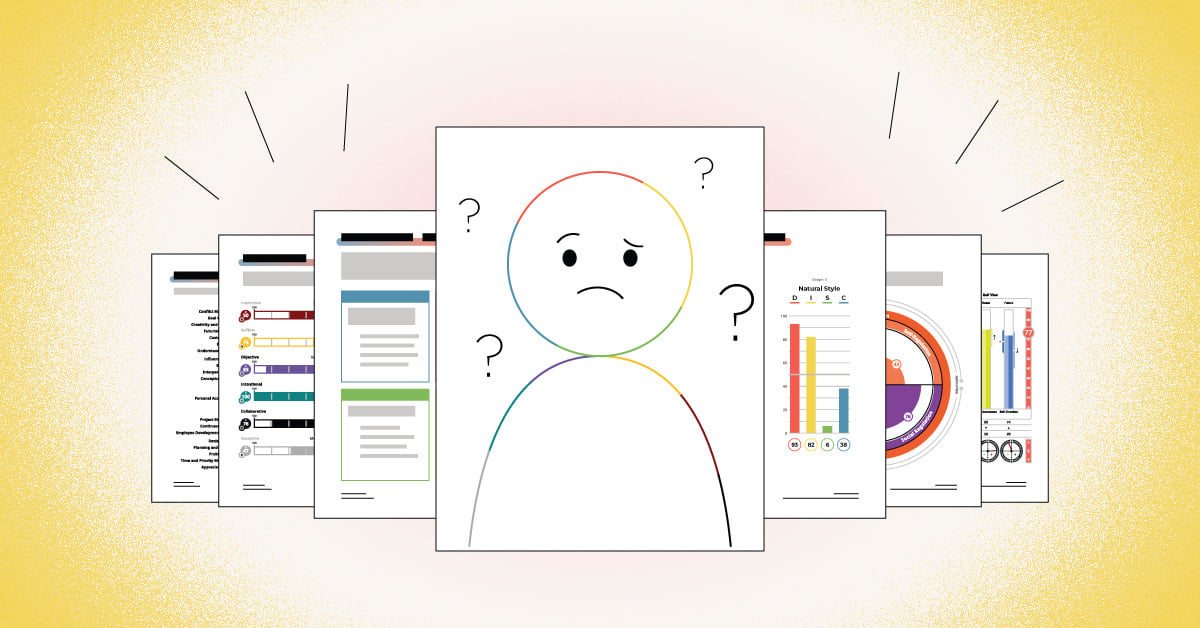
Successful Teams are Comprised of Highly Adaptable Members
The rapidly developing global nature of business has pressured companies to develop new products, markets and alliances more frequently and more quickly than ever before.
Successful implementation of important business initiatives is most commonly achieved through effectively managed projects. Projects have been proven to be the most effective method of applying scarce resources to achieve a common goal in a limited time.
Projects are executed through project teams, which are typically made up of individuals from various functions of an organization. Project teams are formed with the idea of bringing together different sets of skills to achieve objectives.
Sometimes, these functional differences can create problems in the orientation of a team.
But even if a project team can overcome its cross-functional differences, there can still be differences in behaviors, attitudes and values that can cause the team to malfunction if they are not properly addressed.
These behavioral styles can lead to the unraveling of a team. But if they are understood and addressed properly, they can create a very strong team foundation.
Team members with a Dominant (D) behavioral style tend to be very direct, assertive and task oriented. Other team members may see individuals who possess these characteristics as abrasive.
But in the forming stages of a team, this may be what’s needed to get the team focused on its goals. If the team’s objectives are highly complex, it’s likely that analytical and logical orientation of the Compliant (C) behavioral style will be required to synthesize and organize the input of multiple team members.
During the storming stage of team formation, team members begin to face the realities of external issues and internal dynamics. Team members who have an Influential (I) style can be very effective in promoting an optimistic view during projects and can help the overall team better work together.
In addition, team members involved in the storming stage and who have a Steady (S) behavioral style can help the overall team focus on objectives and how each team member contributes to the end goal, rather than who is or appears to be in charge.
These team members are especially good at resolving conflicts, fostering collaboration and cooperation, and helping the team establish norms by which it operates.
During the performing stage, each team member’s behavioral style is important to achieve the team’s objectives.
Successful teams are usually comprised of highly adaptable team members who can determine which types of behavior are most appropriate in certain situations. These individuals can then help assure others act in a way to get the job done.
Love them or hate them, project teams are here to stay.
But the most effective team members are those who can effectively deal with their teammates’ different behavioral styles, because they’re able to match the team’s purpose and critical tasks with the strengths of each team member, all while meshing with other groups within the organization.



